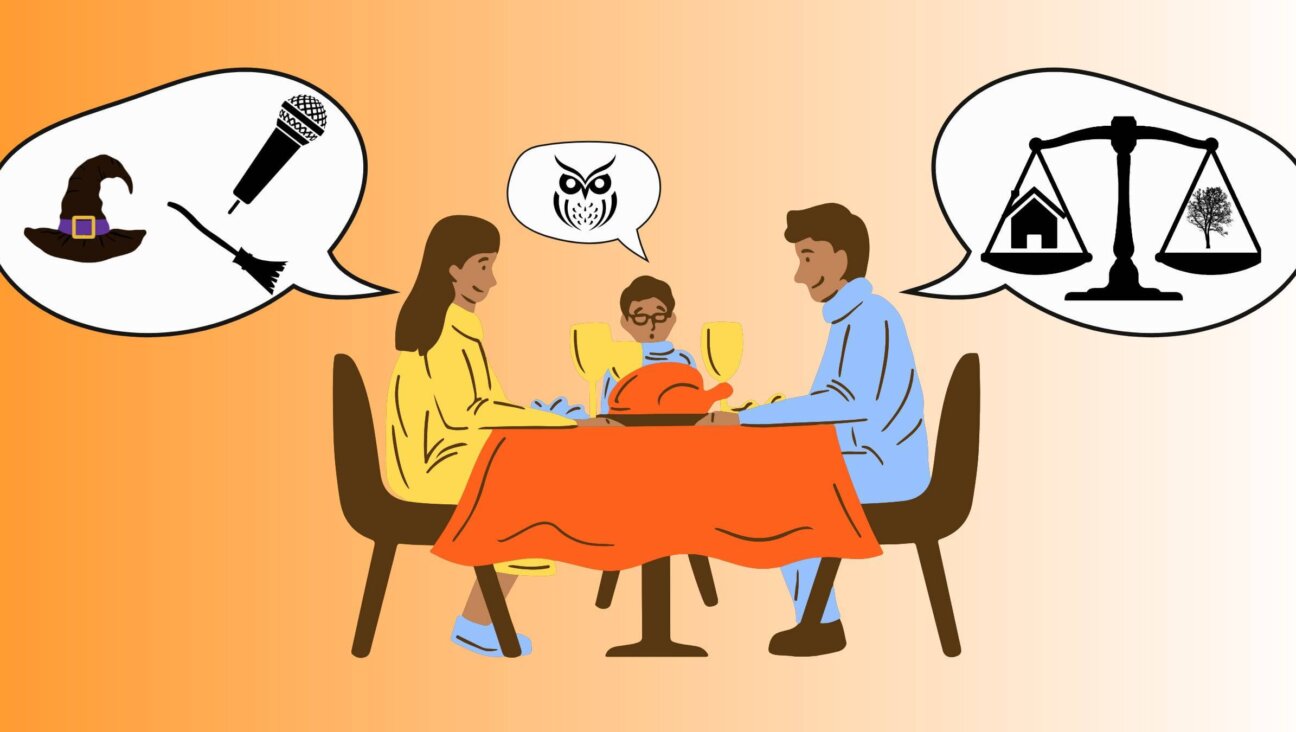Death Metal for a ‘Dying Language’

In his 1978 Nobel Prize acceptance speech, Isaac Bashevis Singer said: “Yiddish may be a dying language, but it is the only language I know well. Yiddish is my mother language and a mother is never really dead.”

Ans so what better musical expression for an ever-dying language than death metal? Enter Gevolt, a six-member Russian-Israeli metal group that sings in Yiddish. The band’s music is not a pasquinade, but rather a nuanced embrace of both serious Yiddish lyrics and serious metal traditions. Gevolt’s rendition of the traditional “Tum Balalaika,” casts clean, articulate vocals against a chilling background of liquid metal that closely resembles the German Neue Deutsche Harte (New German hardness) movement.
Gevolt’s affinity for this style of music is, on one level, shocking. Rammstein, the NDH scene’s best-known band, has courted controversy by toying with fascist imagery (such as using excerpts from a Leni Riefenstahl film during one of its videos). But it is the dichotomy between the militaristic NDH sounds and the sincere intonations of “Tum Balalaika” that elevates Gevolt’s music above a cheap novelty act (metal and Yiddish!) and makes it a musical phenomenon that merits attention. They are singing Yiddish even as they defiantly borrow from a musical style that occasionally evokes the very movement that destroyed Yiddish culture in Europe.
But Gevolt’s music is not auto-annihilation rock. Rather, it is a resurrection. Their composition of Hirsch Glick’s famed partisan song “Zog Nit Keyn Mol, Az Du Geyst Dem Letsten Veg” (“Never say that you are on the final road”) is stunning in both its lyrical beauty (Glick’s contribution) and its musical defiance (singer Anatholy Bonder’s contribution). When the metal disappears momentarily and band member Marina Klionsky’s klezmer-inflected violin plays softly, one begins to reconsider Singer’s statement. Even as those for whom Yiddish was literally a mother tongue pass away, the mameloshn remains a language of cultural power and resonance. Gevolt aren’t singing nostalgia tunes — they’ve done nothing less than shaken Yiddish back to life.
Listen to “Tum Balalaika,” “Zog Nit Keyn Mol” and other Gevolt songs on the band’s ySpace page.
Mordechai Shinefield has written about music for Rolling Stone, The Village Voice and the New York Press.
For more Melody Macher columns, click here.
A message from our CEO & publisher Rachel Fishman Feddersen

I hope you appreciated this article. Before you go, I’d like to ask you to please support the Forward’s award-winning, nonprofit journalism during this critical time.
We’ve set a goal to raise $260,000 by December 31. That’s an ambitious goal, but one that will give us the resources we need to invest in the high quality news, opinion, analysis and cultural coverage that isn’t available anywhere else.
If you feel inspired to make an impact, now is the time to give something back. Join us as a member at your most generous level.
— Rachel Fishman Feddersen, Publisher and CEO






















